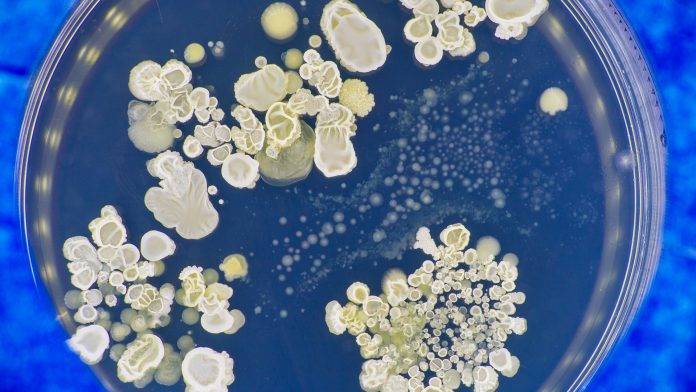
Researchers from the University of Bern have been developing new, metal-based drugs to treat fungal infections.
Over one billion people contract fungal infections each year. Most of these infections are harmless; however, around 1.5 million patients die each year as a result of this infection.
The development of new fungal infection drugs has declined in recent years, while more and more drug-resistant fungal strains are being discovered. Currently, only 12 clinical trials are underway looking for new fungal infection treatments.
“In comparison with more than a thousand cancer drugs that are currently being tested on human subjects, this is an exceptionally small number,” explained Dr Angelo Frei of the Department of Chemistry, Biochemistry and Pharmacy at the University of Bern and lead author of the study.
The results have been published in the journal JACS Au.
Steps are being taken to develop new treatments
Researchers from the University of Queensland have founded the Community for Open Antimicrobial Drug Discovery (CO-ADD), to encourage the development of anti-fungal and antibacterial agents. It is hoped this new initiative will find antimicrobial active agents by offering chemists from across the world the opportunity to test any chemical compound against fungi and bacteria at no cost.
According to Frei, the initial focus of the initiative has been on organic molecules. These consist mostly of carbon, hydrogen, oxygen, and nitrogen, and do not contain any metals.
Frei and his fellow researchers from the University of Bern are attempting to develop new metal-based antibiotics. The researchers have found that over 1,000 of the 300,000 compounds they have tested at CO-ADD contained metals.
“For most folks, when used in connection with the word ‘people’, the word metal triggers a feeling of unease. The opinion that metals are fundamentally harmful to us is widespread. However, this is only partially true. The decisive factor is which metal is used and in which form,” said Frei.
During their study, the researchers analysed 21 highly-activehighly active metal compounds against resistant fungal strains. These compounds contained the metals cobalt, nickel, rhodium, palladium, silver, europium, iridium, platinum, molybdenum, and gold.
“Many of the metal compounds demonstrated a good activity against all fungal strains and were up to 30,000 times more active against fungi than against human cells,” explained Frei.
The most active compounds were tested in a model organism made from the larvae of a wax moth. The researchers found that only one of the 11 metal compounds that were tested showed signs of toxicity. Next, the team tested the compounds in an infection model. It was found that one compound was effective the reducing the fungal infection in the larvae.
It takes time for fungal infection drugs to be approved
Metal compounds have been used in medicine before. For example, cisplatin, which contains platinum, is one of the most widely used cancer treatments. Despite this, it will take considerable time before new antimicrobial fungal infection drugs can be approved.
“Our hope is that our work will improve the reputation of metals in medical applications and motivate other research groups to further explore this large but relatively unexplored field. If we exploit the full potential of the periodic table, we may be able to prevent a future where we don’t have any effective antibiotics and active agents to prevent and treat fungal infection,” concluded Frei.










